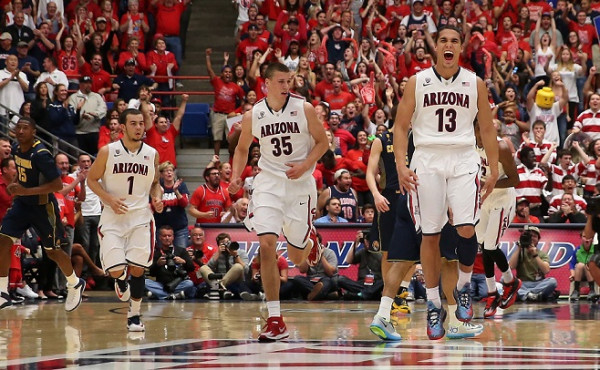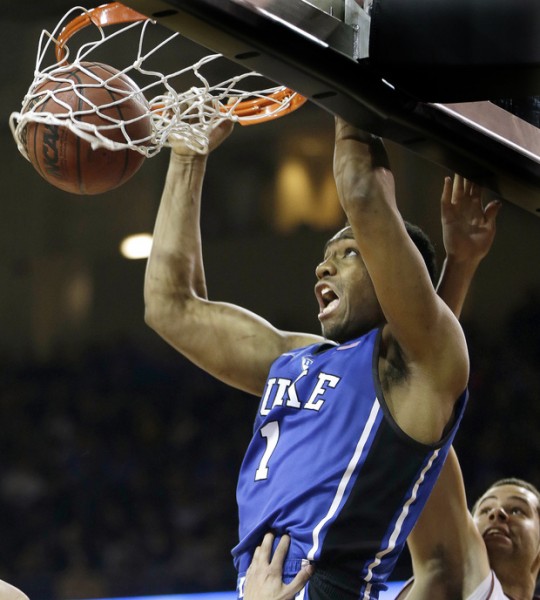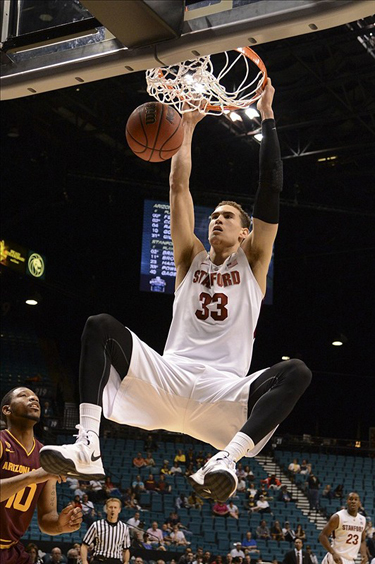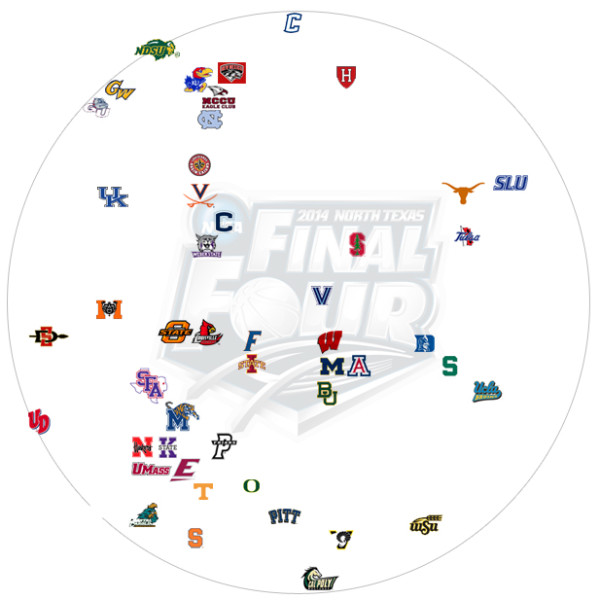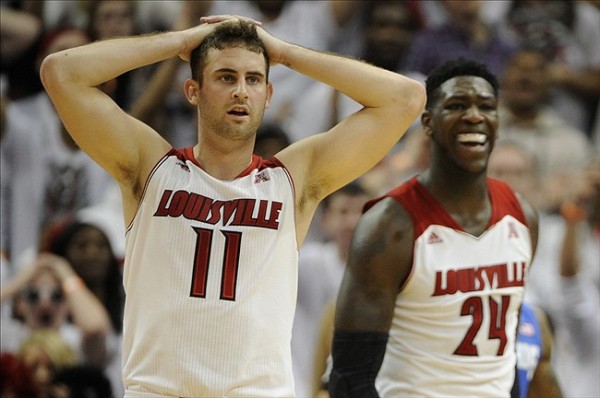Rushed Reactions: #8 Memphis 71, #9 George Washington 66
Posted by Brad Jenkins on March 21st, 2014
Rush the Court will be providing wall-to-wall coverage of each of the NCAA Tournament from each of the 13 sites this year. Follow our NCAA Tourney specific Twitter accounts at @RTCeastregion, @RTCMWregion,@RTCsouthregion and @RTCwestregion.
Three Key Takeaways.
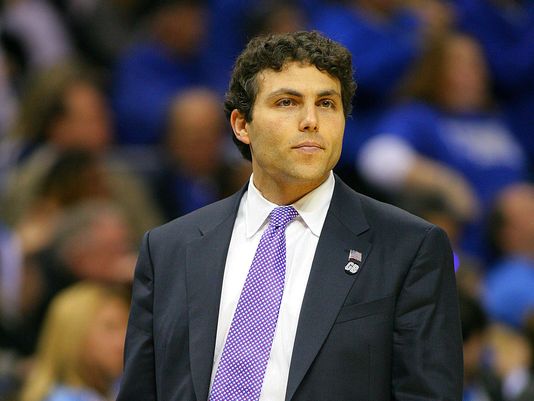
Josh Pastner has Memphis in the NCAA Third Round for the Second Straight Year.
(Photo: Spruce Derden/USA TODAY Sports)
- Memphis’s veteran backcourt controlled the game until late. Chris Crawford got the Tigers off to a good start, hitting three threes in the game’s first eight minutes. Although he didn’t score again, Crawford had a nice floor game, finishing with six assists and zero turnovers. Joe Jackson played well, finishing with 15 points and six assists, until near the end when he was very shaky handling the ball during George Washington’s rally. Michael Dixon Jr. was the Tigers’ best player down the stretch and hit the biggest shot of the game, a three that put Memphis up five with two minutes to go. It must be concerning though that Memphis was unable to control the big men of George Washington. Isaiah Armwood and Kevin Larsen combined for 37 points on 16-of-22 shooting, mostly at point-blank range.
- George Washington just didn’t have enough firepower. The Colonials attacked well inside for most of the game but got very little from the perimeter. Larsen, a sophomore native of Denmark, was particularly strong around the basket in the first half, scoring 12 points on perfect 5-of-5 shooting. In the second half it was the senior Armwood doing the damage with 15 points after the break. Leading scorer Maurice Creek had a tough night, only scoring nine points, all in the second half, while shooting an icy 2-of-13 from the field. The Colonials could have used their second leading scorer on the year, sophomore Kethan Savage, but after playing only one minute (in last week’s Atlantic 10 Tournament) since injuring his foot in January, Savage was unable to go tonight.
- The rebound battle was a draw. Coming into the game, both teams were among the nation’s top 66 in offensive rebounding percentage. Memphis was the clear winner on the glass in the first half, holding the offensive rebound edge by a wide margin (+8). George Washington turned things around in the second half though, claiming the edge on the offensive glass (+9). For the game, we’ll award Memphis the split decision, since the Tigers ended up with a slim advantage in second chance points (+1). Looking towards a possible Sunday game with Virginia, Memphis must be more consistent in this area as the Cavaliers are one of the better rebounding teams in the nation.
































